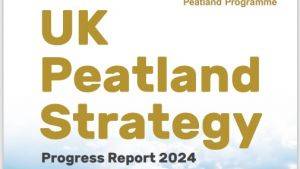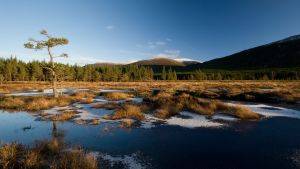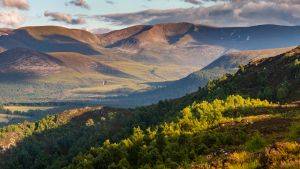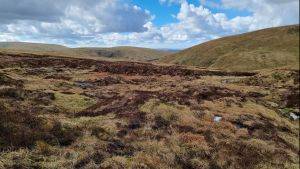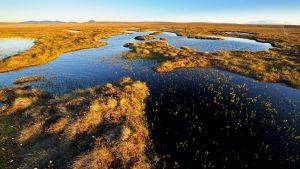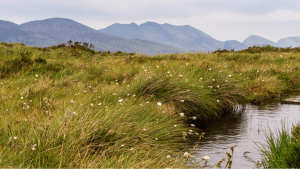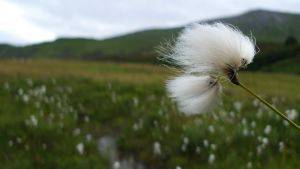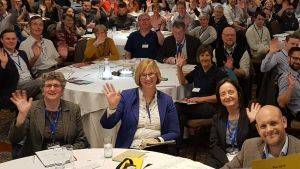New Forest LIFE III Wetlands Project
Introduction
The objectives of the New Forest LIFE III Wetland Restoration project was to:
- Restore the priority interest features of the New Forest SAC and their supporting adjacent habitats in accordance with the SAC Management Plan
- Establish their long term sustainability through the development of a mechanism that ensures the integrated management of the main water basins
- Creation of suitable conditions for the regeneration of a significant further area of priority habitat.
Description
The New Forest is the largest site (14,800 ha) in western Europe where heathland, grassland, mire and pasture woodland habitats survive together in what is a functioning ecosystem based on a continuing practice of pastoralism.
They occur as part of a network of wetland habitats that are totally dependent on their local hydrological systems. This complex mosaic of wildlife habitats was formerly common in lowland Western Europe, but is now rare and fragmented.
The unusual combination is maintained largely by the presence of commoners' grazing ponies and cattle. European dry heat gives way to Northern Atlantic wet heath on the poorly drained soil, which often fringe the valley mrires and include a range of different plant communities such as depressions on peat substrates of the Rhyncosporion, alkaline fens and transition mires.
Restoration Delivered
The project restored a total of:
- 261 ha of riverine woodland
- 18 ha of bog woodland
- 141 ha of wet grassland
- 184 ha of valley mire
- 10 km of river
Peatland restoration techniques included stabilisation, grip blocking, vegetation removal and rewetting.
Site Activity
The practical works of the LIFE3 project targeted three of the six main water basins of the New Forest cSAC: Lymington River; Avon Water and Hampshire Avon.
These three water basins contain the greatest proportions of riverine woodland and bog woodland within the cSAC. They each highlight different restoration issues because they overlay different geomorphologies and bring different sets of partners to the table to discuss mechanisms for delivery.
The actions restored the hydrology of the priority habitats and adjacent wetland habitats to re-establish the links between habitats currently restricted by fragmented land use patterns.
Actions to prepare for this work included geomorphological, topographical and hydrological surveys.
A Water Basin Management Forum developes the detail of the work completed by the LIFE3 project team by proposing consultations with a wide range of partners whilst acting as a mechanism to deliver an integrated holistic and strategic approach to the management of the cSAC’s water basins at every level.
Practical actions include the use of the innovative technique developed as part of the LIFE 2 project for mire restoration and a technique that reinstates debris dams to restore natural river channel features.
Other actions ncluded the removal of invasive species, the establishment of a coppicing regime and installing protective fencing from deer to aid the establishment of new colonies.
Public awareness was targeted to support the project, and progress and performance monitoring
of the project was completed.
Partners
Six partner organisations were organised in delivering the project:
- English Nature (now Natural England)
- Environment Agency
- Forestry Commission
- Hampshire County Council
- National Trust
- RSPB
Project Name: New Forest LIFE III Wetlands Project
Organisation / Lead partner: Natural England
Location: New Forest, Hampshire
Approximate area covered: 184 ha
Conservation Status: Site of Special Scientific Interest (SSSI), Special Area of Conservation (SAC), Special Protection Area (SPA), National Park (NP)
Predominately: Lowland
Peat Habitats: Lowland raised bog, Lowland heath
Project Type: Management, Research
Year Project Began: 2002
Project End Date: 2006

